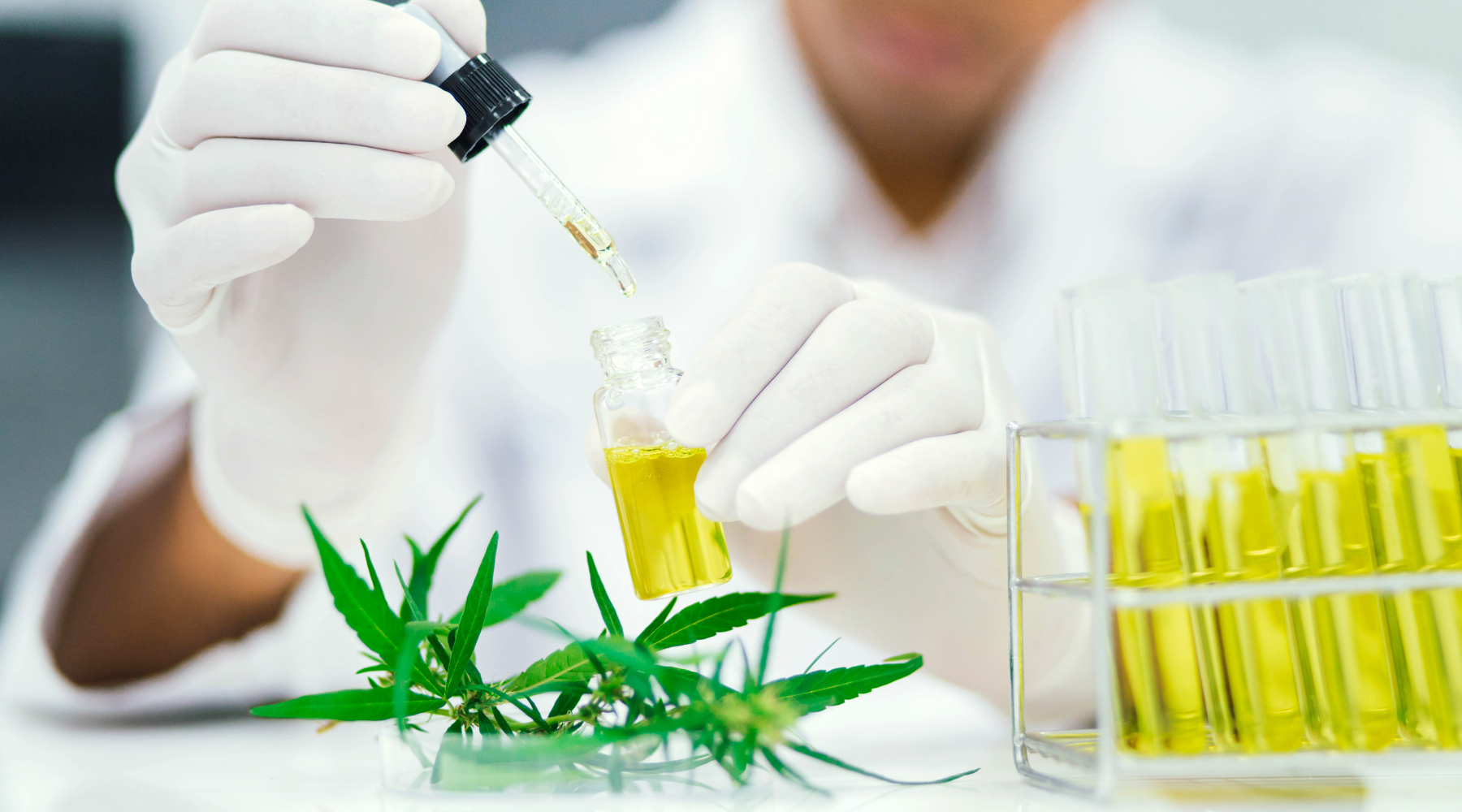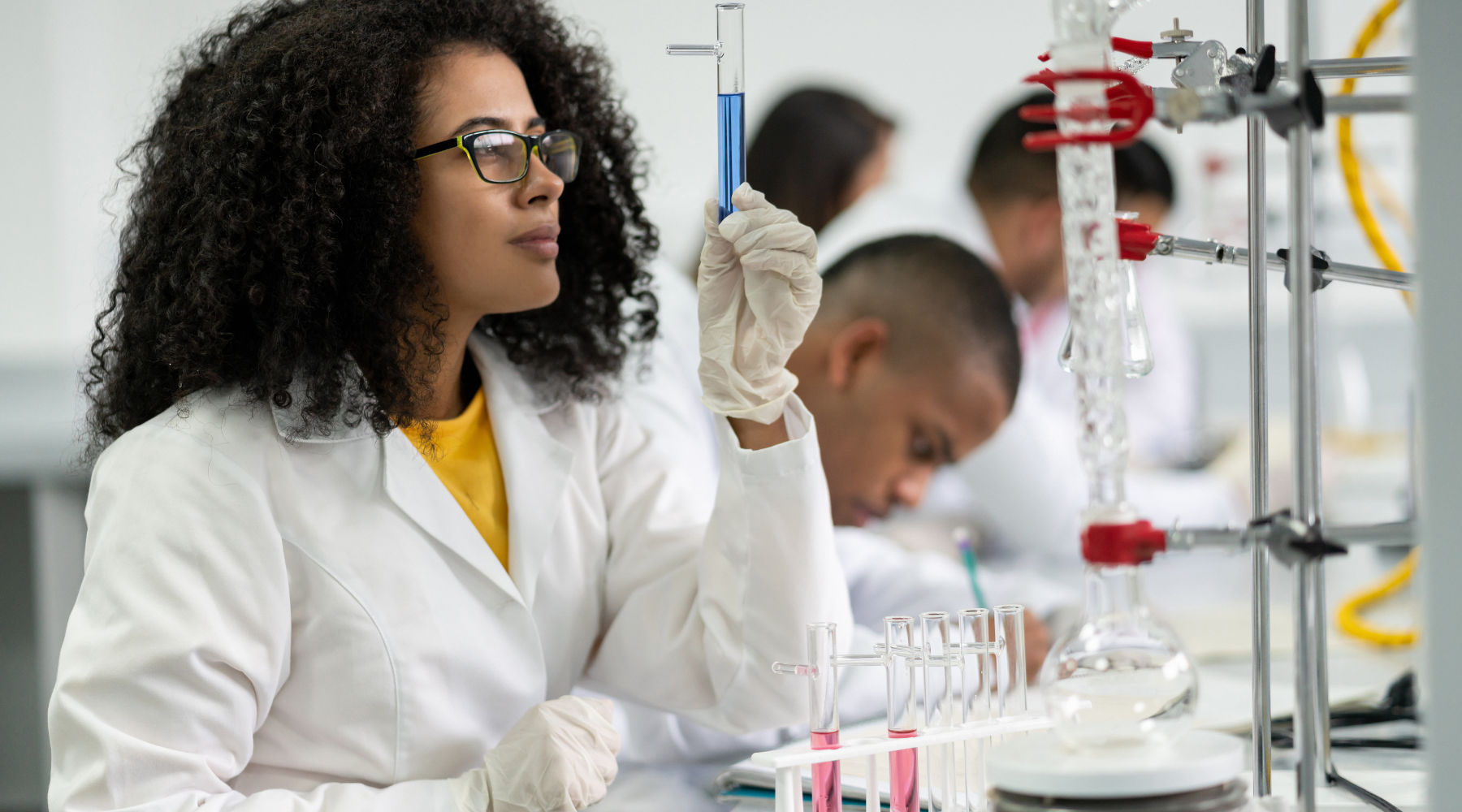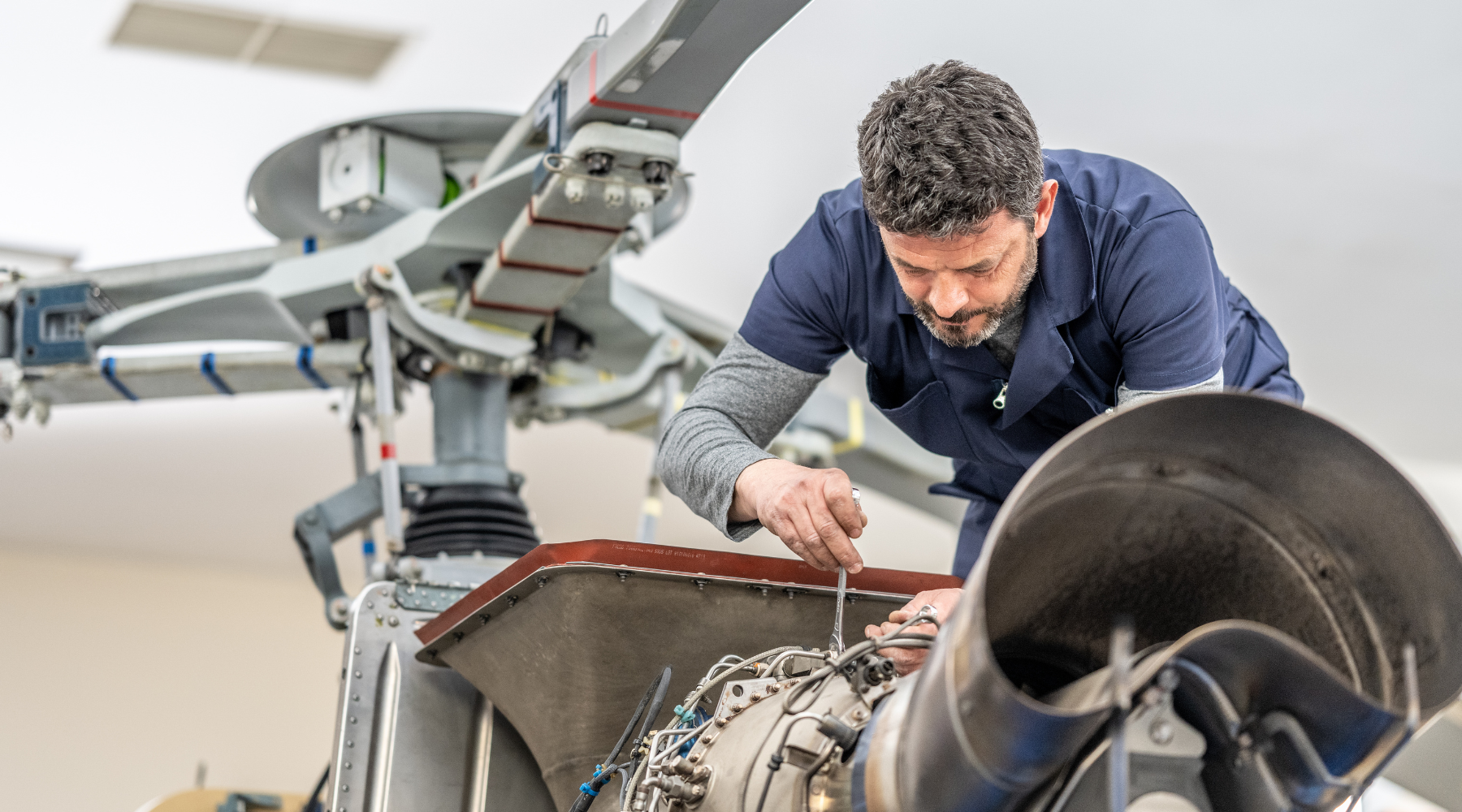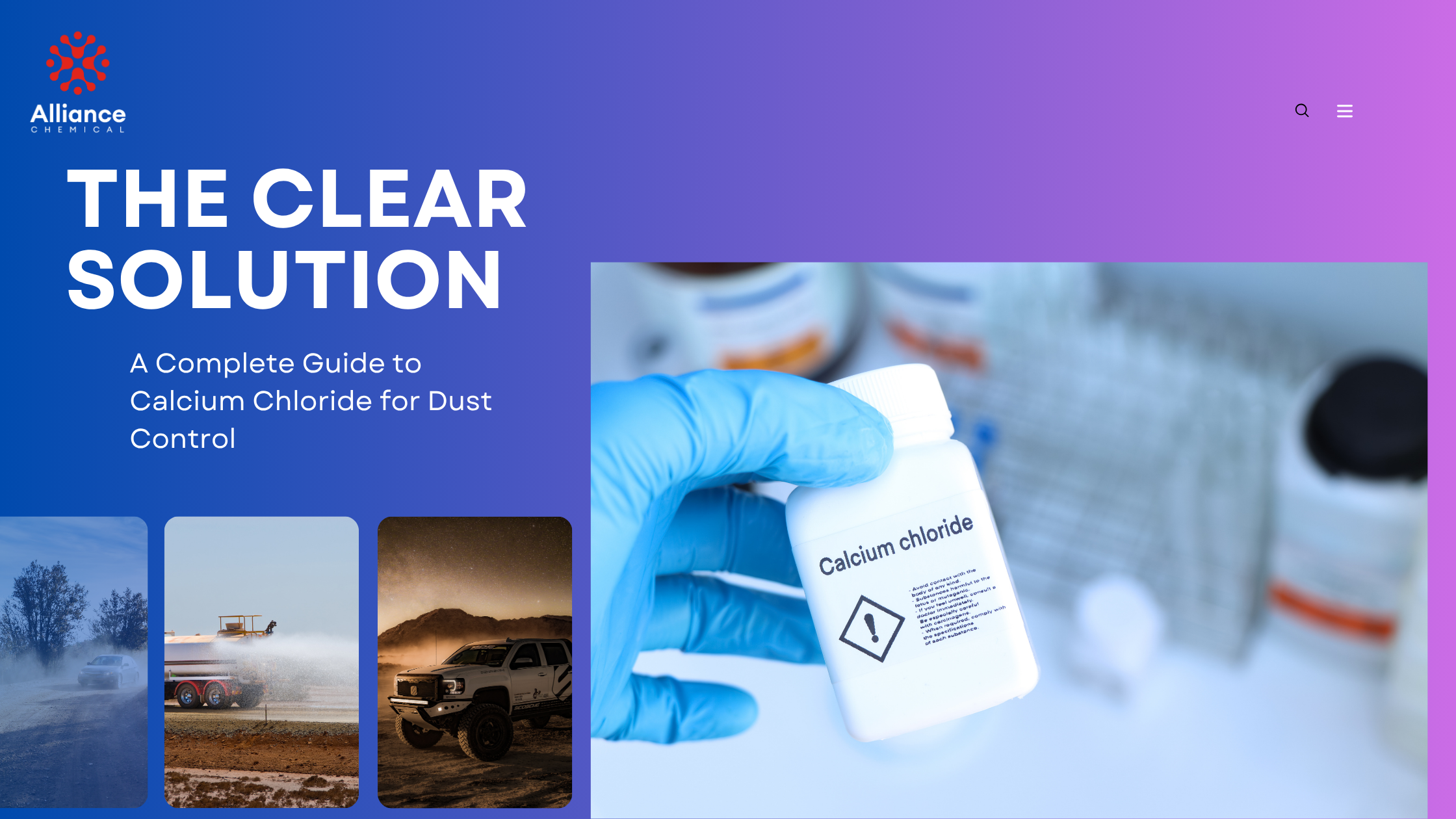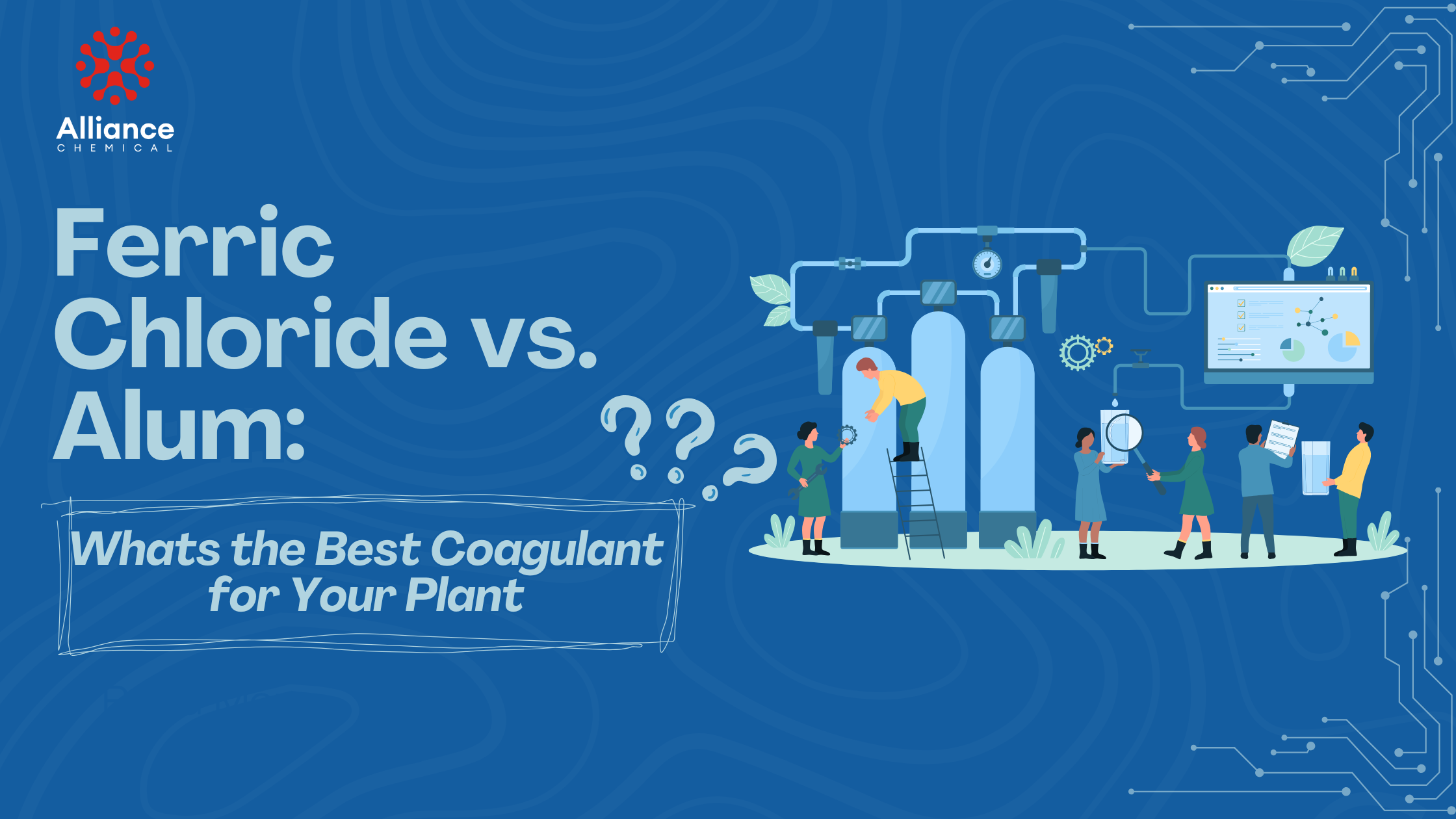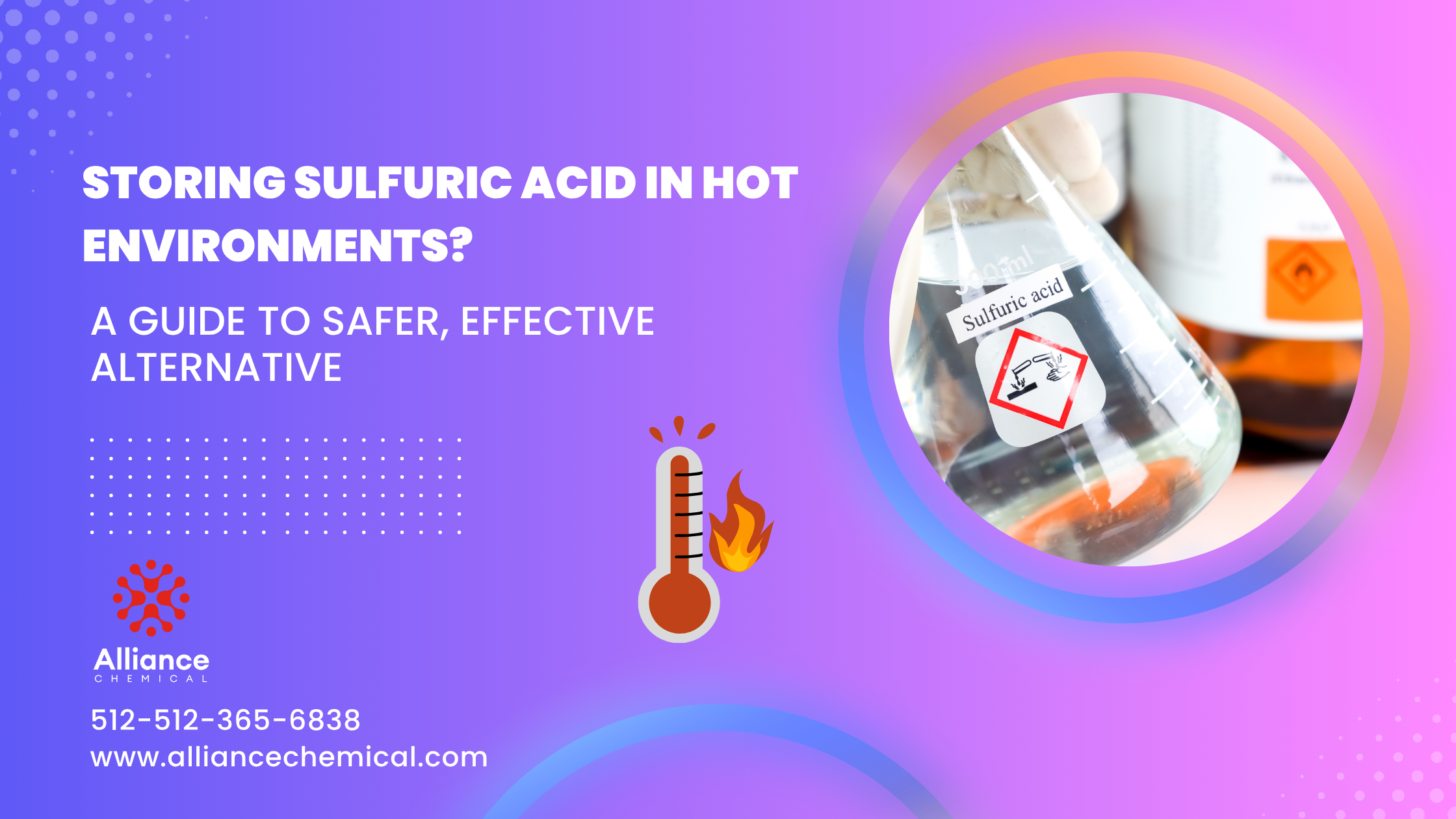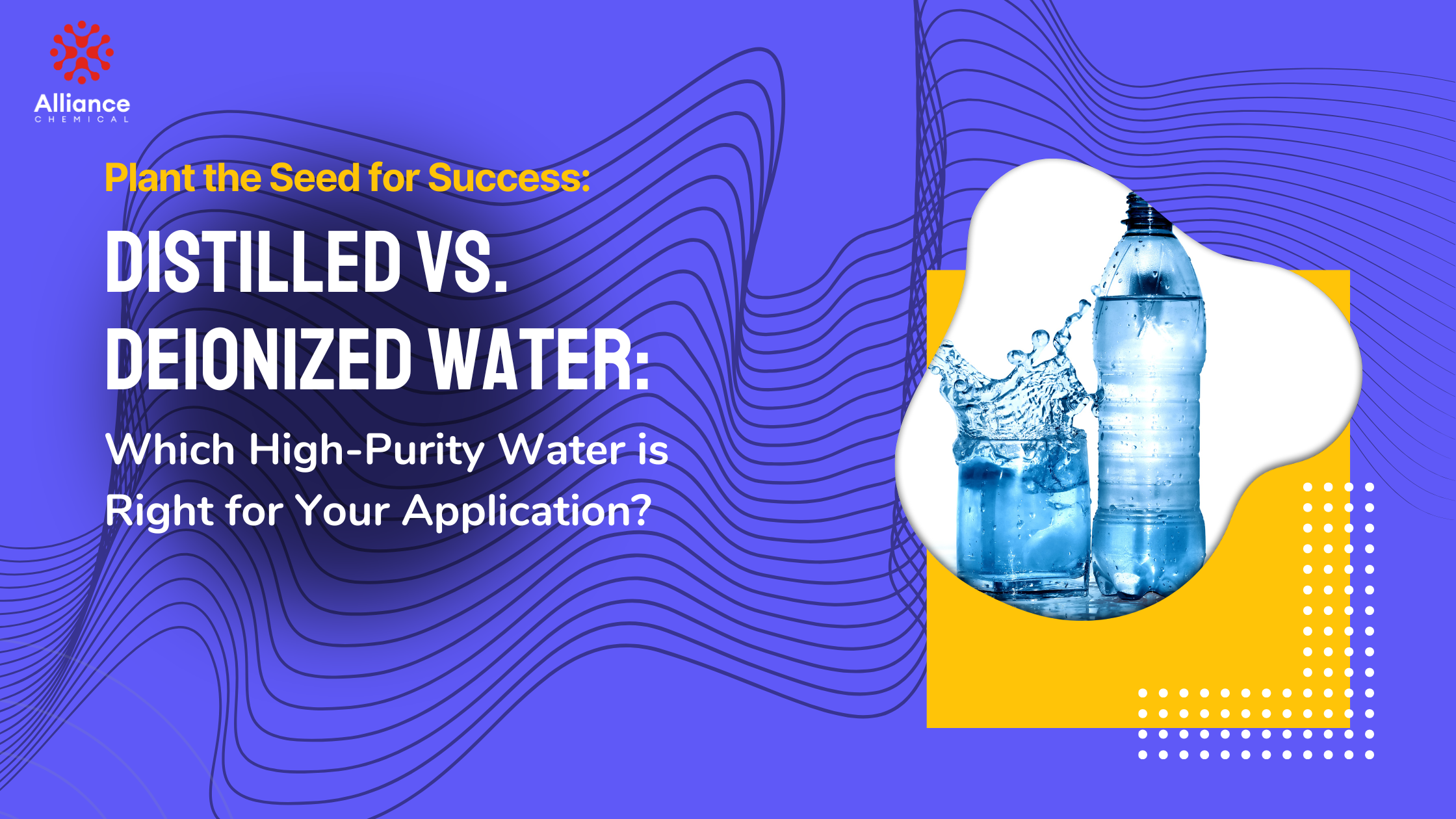
Distilled vs. Deionized Water: Which High-Purity Water is Right for Your Application?
Table of Contents
Summary
They're both "pure," but they're not the same. This definitive guide from Alliance Chemical breaks down the differences, processes, and critical applications to help you choose with confidence.
Introduction: Not All "Pure" Water is Created Equal
In countless scientific and industrial applications, the success of a process hinges on one fundamental ingredient: water. But not just any water from the tap. For critical tasks in laboratories, manufacturing, cooling systems, and electronics, "pure water" is a non-negotiable requirement. This is where a common but critical confusion often arises between two types of high-purity water: **Distilled Water** and **Deionized (DI) Water**. While both are significantly purer than tap water, they are produced by different methods, remove different types of impurities, and are suited for very different applications. Choosing the wrong one can lead to inaccurate lab results, damaged equipment, or failed product batches.
This comprehensive guide from Alliance Chemical will demystify the world of high-purity water. We will provide a clear, in-depth comparison of distilled and deionized water, exploring the science behind their production processes, what contaminants each method effectively removes (and what they leave behind), and a practical guide to their most common applications. By the end of this article, you'll be able to confidently select the right type of high-purity water, like our Deionized Water, for your specific needs, ensuring the integrity and success of your critical work.

Chapter 1: What is Deionized (DI) Water? The Ion Scrubber
Deionized water, often abbreviated as DI water and also known as demineralized water, is a type of high-purity water defined by what it lacks: **mineral ions**. Its production process is a sophisticated chemical filtration method designed specifically to capture and remove virtually all dissolved ionic contaminants from water.
The "How": The Process of Ion Exchange
The magic behind deionization is a process called **ion exchange**. Imagine water flowing through beds of tiny, specialized resin beads. These beads act like powerful, selective magnets for charged particles (ions).
- **Cation Exchange Resin:** These beads have a negative charge and are loaded with hydrogen ions (H⁺). As water passes through, the positively charged mineral ions (cations) like sodium (Na⁺), calcium (Ca²⁺), magnesium (Mg²⁺), and iron (Fe³⁺) are attracted to the resin and "stick" to it, displacing the hydrogen ions, which are released into the water.
- **Anion Exchange Resin:** These beads have a positive charge and are loaded with hydroxide ions (OH⁻). After the cation resin, the water flows through this bed. The negatively charged mineral ions (anions) like chloride (Cl⁻), sulfate (SO₄²⁻), and nitrate (NO₃⁻) are attracted to this resin and stick to it, displacing the hydroxide ions.
The released hydrogen (H⁺) and hydroxide (OH⁻) ions then immediately combine to form a pure water molecule (H₂O). The result is water that is exceptionally free of dissolved salts and minerals. Often, a **Reverse Osmosis (RO)** system is used as a pre-treatment step before ion exchange to remove the bulk of the contaminants, which extends the life of the more expensive DI resins.

The Result: What Deionization Removes (and What It Doesn't)
Deionization is extremely effective at removing ionic species. However, it's crucial to understand what it leaves behind:
- ✅ **Effectively Removes:** All charged mineral ions (salts, metals, etc.).
- ❌ **Does NOT Effectively Remove:** Most non-charged organic compounds, sugars, viruses, bacteria, and other microorganisms.
The Key Characteristic of DI Water: High Resistivity
The primary measure of DI water purity is its **electrical resistivity** (or its inverse, conductivity). Since dissolved ions are what allow water to conduct electricity, removing them results in water that is a very poor electrical conductor. High-purity DI water can reach a resistivity of 18.2 megohm-cm (MΩ·cm), which is considered the theoretical maximum purity for water in terms of ionic content. This property makes it essential for many industrial and electronic applications.
Chapter 2: What is Distilled Water? The Classic Thermal Purifier
Distilled water represents one of the oldest and most intuitive methods of water purification. Its process mimics the natural hydrologic cycle of evaporation and condensation, using thermal energy to separate pure water from non-volatile contaminants.
The "How": The Process of Distillation
Distillation is a physical separation process, not a chemical one. The steps are straightforward:
- Boiling:** Water is heated in a boiling chamber until it turns into steam (water vapor).
This process can be repeated (double or triple distillation) to achieve even higher levels of purity, particularly to remove any trace volatile impurities that may have carried over with the steam in the first pass.

The Result: What Distillation Removes (and Its Nuances)
Distillation is a very robust purification method that effectively removes a broad spectrum of contaminants:
- ✅ **Effectively Removes:** Mineral ions (salts), heavy metals, particulates, bacteria, viruses, endotoxins, and most non-volatile organic compounds.
- ⚠️ **Potential Limitation:** Volatile Organic Compounds (VOCs) that have a boiling point *lower* than water (e.g., some alcohols, benzenes) can potentially vaporize with the steam and be carried over into the final distillate if they are present in the source water. Advanced distillation systems often include features to vent off these initial volatile vapors to mitigate this.
The Key Characteristic of Distilled Water: All-Around Purity
The defining feature of distilled water is its high purity across multiple categories: it is both demineralized *and* free from biological contaminants. While its resistivity might not always reach the theoretical maximum of 18.2 MΩ·cm like perfect DI water (due to dissolved atmospheric CO₂), its overall purity profile makes it the required choice for many sensitive biological and medical applications.
Chapter 3: The Showdown - Distilled vs. Deionized Water Head-to-Head
Now that we understand the processes, let's put distilled and deionized water side-by-side to highlight their key differences, which will directly inform which one you should choose for your application.
Deionized (DI) Water
- Process: Chemical (Ion Exchange Resins)
- Removes: Primarily dissolved mineral ions (salts, metals).
- Leaves Behind: Most non-charged organics, bacteria, viruses.
- Key Purity Metric: High Electrical Resistivity (Low Conductivity).
- Production: Fast, energy-efficient, and highly scalable for on-demand use.
- Cost: Generally less expensive to produce per gallon than distilled water.
Distilled Water
- Process: Physical (Boiling & Condensation)
- Removes: Ions, minerals, non-volatile organics, bacteria, viruses.
- Leaves Behind: Potentially some volatile organic compounds (VOCs).
- Key Purity Metric: Low levels of all non-volatile contaminants.
- Production: Slower and more energy-intensive (requires heat for boiling).
- Cost: Generally more expensive to produce per gallon due to energy costs.
The Critical Difference: Shelf Life and Reactivity
One of the most important practical differences between the two is how they behave after production. **Deionized water is inherently unstable and 'ion-hungry'.** As soon as it's exposed to the atmosphere, it will begin absorbing carbon dioxide (CO₂), which forms weak carbonic acid in the water. This reaction introduces ions (H⁺ and HCO₃⁻), causing the water's high resistivity to quickly degrade and its pH to become slightly acidic (dropping to as low as 5.5-6.0). For this reason, DI water is often produced for immediate use.
Distilled water, while it will also absorb some CO₂, is generally more stable in storage, especially if kept in a tightly sealed, inert container.
Chapter 4: Application Guide - When to Use Distilled vs. Deionized Water
Choosing the correct type of high-purity water is essential for process integrity and preventing costly failures. Here’s a practical guide based on common applications.
When Deionized (DI) Water is the Perfect Choice:
You should choose Deionized Water when your primary concern is **eliminating mineral ions** to prevent scaling, spotting, or electrical conductivity.
- Industrial Rinsing & Cleaning: Final rinsing of electronic components, circuit boards (PCBs), and sensitive optical parts to ensure a spot-free finish.
- Lead-Acid Batteries: Using DI water (often sold as Battery Water) is critical. Tap water minerals can coat the lead plates, reducing their efficiency and lifespan, and can cause self-discharge.
- Automotive Cooling Systems: Mixing antifreeze/coolant with DI water prevents the formation of mineral scale and sludge, which can clog radiators and heater cores.
- Chemical Dilution & Formulation: Used to create chemical solutions where dissolved ions from tap water would react with the active ingredients or affect product stability. This is common in many industrial applications supplied by our Industrial Chemicals line.
- General Laboratory Use: Perfect for a final rinse of glassware after washing, preparing many non-biological reagents, or as a feed for other lab equipment where scale prevention is key.
When Distilled Water is Required or Strongly Preferred:
You must choose distilled water when your application demands the **absence of both mineral ions AND biological or organic contaminants**.
-
Medical & Pharmaceutical Applications:
- Autoclaves and Sterilizers: Essential for preventing both mineral scale and the buildup of bacterial endotoxins on sterilized medical instruments.
- Preparation of Media: Used in labs for preparing microbiological culture media, where any existing bacteria in the water would ruin the experiment.
- Certain Pharmaceutical Formulations: Where strict USP/BP purity standards for sterility and low organic content must be met.
-
Sensitive Analytical Testing:
- High-Performance Liquid Chromatography (HPLC): Used as a mobile phase component where even trace organic compounds from DI resins could appear as "ghost peaks" and interfere with results.
- Gas Chromatography (GC-MS) & Trace Analysis: For preparing blanks and standards where absolute purity is essential.
-
Consumer Health Devices:
- CPAP Machines & Humidifiers: Strongly recommended to prevent the aerosolization of bacteria or mold that could grow in a DI water reservoir over time.
The Simple Rule of Thumb
If your primary goal is to **prevent mineral spots, scale, or electrical conductivity**, choose **Deionized Water**.
If your application also requires **sterility or the absence of microorganisms and most organic compounds**, you must use **Distilled Water**.
Conclusion: Choosing Your Purity with Confidence
The distinction between distilled and deionized water is far more than a simple technicality; it's a critical consideration that directly impacts the success, accuracy, and safety of countless scientific and industrial processes. While both offer a massive leap in purity compared to tap water, they are not interchangeable. Deionized water is the champion of ionic purity—an economical and highly effective solution for applications demanding low conductivity and a mineral-free environment. Distilled water is the champion of all-around purity, providing a sterile, organic-free slate essential for sensitive biological, medical, and analytical work.
By understanding the fundamental differences in their production methods and the specific types of impurities each removes, you can now move beyond the generic term "pure water" and make an informed, confident choice tailored to your exact needs. This prevents costly mistakes, protects sensitive equipment, and ensures the integrity of your results. Alliance Chemical is committed to providing not just high-quality products like our Deionized Water, but also the expert knowledge to help you use them correctly and effectively.
Get the Right High-Purity Water for Your Application
Whether your process demands the ionic purity of Deionized Water for industrial rinsing and formulations, or you have other specialized chemical needs, Alliance Chemical is your trusted source. Explore our products and ensure the quality your work deserves.
Shop Deionized Water Explore Lab Chemicals